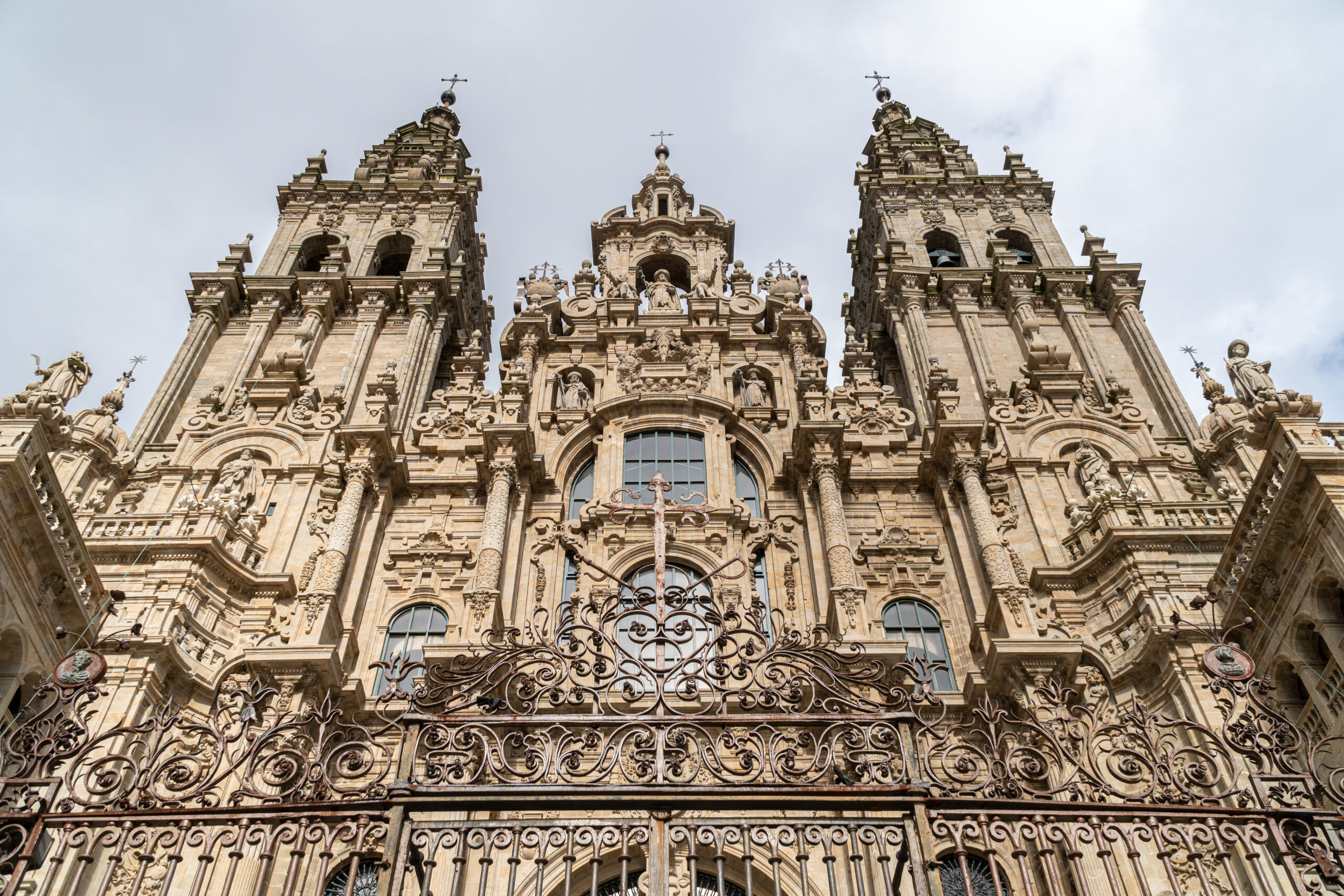Granite might not be the first thing that comes to mind when someone talks about art, but this mineral has contributed far more to artistic endeavors than we might initially imagine.
Granite has been used since ancient times to create sculptures and monuments due to its durability and beauty. Take the ancient Egyptians, for example, who used granite to carve monumental statues and obelisks.
In fact, one of the most notable works in this artistic relationship with granite is the famous obelisk originally erected in Luxor, Egypt, and now standing in the center of the Place de la Concorde in Paris.
This extraordinary obelisk, dating back to the 13th century BC, stands 23 meters tall and weighs 222 tons, made from pink granite sourced from Aswan. But what’s even more impressive is that the massive pedestal supporting it in the heart of Paris is crafted from five blocks of pink granite from the quarries of Aber-Ilef in Brittany, France. Without leaving Paris, another notable granite masterpiece is the impressive sarcophagus of Napoleon, located in Les Invalides, resting on a base of green Vosges granite.
Another monumental granite artwork is the world-renowned Mount Rushmore in South Dakota. Carved between 1927 and 1941, this iconic granite sculpture features the images of George Washington, Thomas Jefferson, Theodore Roosevelt, and Abraham Lincoln—four foundational presidents in U.S. history. These towering 18-meter-tall figures elevate, both literally and figuratively, the significance of this granite artwork.
Without leaving Spain, we find three well-known constructions that owe their iconic status to granite. First and foremost, the Cathedral of Santiago de Compostela, a true testament to the beauty and resilience of this mineral, so typical of Galicia.
Another masterpiece is Antonio Gaudí’s Sagrada Familia, where three varieties of Galician granite were used: the toasted Fraguas stone, a fine-grained granite no longer used due to the closure of its quarry, as well as the wild brown granite and fine wild granite.
And what can we say about the Tower of Hercules in A Coruña? Erected in the 1st century AD, its preservation for almost 2,000 years is intrinsically linked to the granite used in its construction—Galician granite, of course.
These are just a few of the most outstanding examples of the deep relationship between granite and art.





